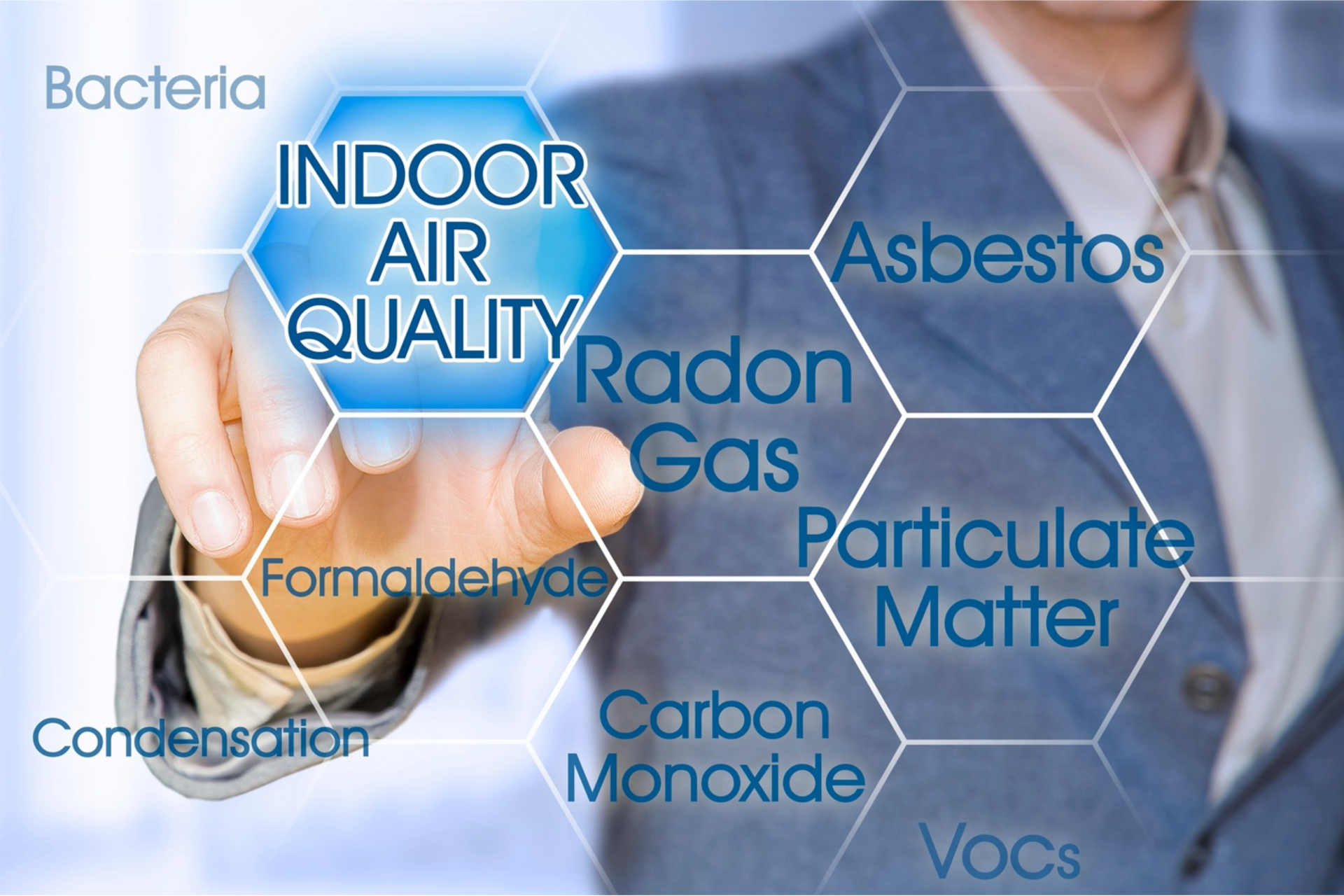Suffering from Allergies or Asthmatic Symptoms? Test your Indoor Air Quality
Suffering from Allergies or Asthmatic Symptoms? Test your Indoor Air Quality
We tend to think of air pollution as a risk faced outside, but the air we breathe indoors can also be polluted. Smoke, vapors, mold, and chemicals used in certain paints, furnishings, and cleaners can all affect indoor air quality and our health.
Buildings affect overall well-being because most people spend most of their time inside. The U.S. Environmental Protection Agency estimates Americans are indoors 90% of their time – in built environments such as homes, schools, workplaces, places of worship, or gyms.
Environmental health researchers study how indoor air quality affects human health and well-being. Both short- and long-term exposure to indoor air pollution can cause a range of health issues, including respiratory diseases, heart disease, cognitive deficits, and cancer.
Types of Pollutants
Many factors contribute to poor indoor air quality. Indoor air includes pollutants that penetrate from the outdoors, as well as sources that are unique to the indoor environment. Some contaminants are described below:
• Allergens are substances that can trigger the immune system, causing an allergic reaction; they can circulate in air and remain on carpets and furniture for months.
• Asbestos is a fibrous material formerly used for making incombustible or fireproof building materials, such as roof shingles, siding, and insulation. Disturbing asbestos minerals or asbestos-containing materials can release fibers, often too small to see, into the air. Asbestos is known to be a human carcinogen.
• Carbon monoxide is an odorless and toxic gas. It is found in fumes produced any time you burn fuel in cars or trucks, small engines, stoves, lanterns, grills, fireplaces, gas ranges, or furnaces. Proper venting or exhaust systems prevent build up in the air.
• Formaldehyde is a strong-smelling chemical found in some pressed wood furniture, wood particle cabinets, flooring, carpets, and fabrics. It can also be a component of some glues, adhesives, paints, and coating products. Formaldehyde is known to be a human carcinogen.
• Mold is a microorganism and type of fungus that thrives in damp places; different molds are found everywhere, indoors, and outside.
• Radon is a colorless, odorless, naturally occurring gas that comes from the decay of radioactive elements in soils. It can enter indoor spaces through cracks or gaps in buildings. Most exposures occur inside homes, schools, and workplaces. EPA estimates radon is responsible for about 21,000 U.S. deaths from lung cancer annually.
• Smoke, a byproduct of combustion processes, such as from cigarettes, cookstoves, and wildfires, contains toxic chemicals like formaldehyde and lead.
Precision Environmental Services is licensed and certified in testing
radon, mold, asbestos, and indoor air quality.
Call us today at 708-625-4488.
You might also like
Book a Service Today
We will get back to you as soon as possible
Please try again later
Counties We Serve
Dupage County, Kendall County, Cook County, Kankakee County, Will County, and Metro Chicago Area south and west communities



